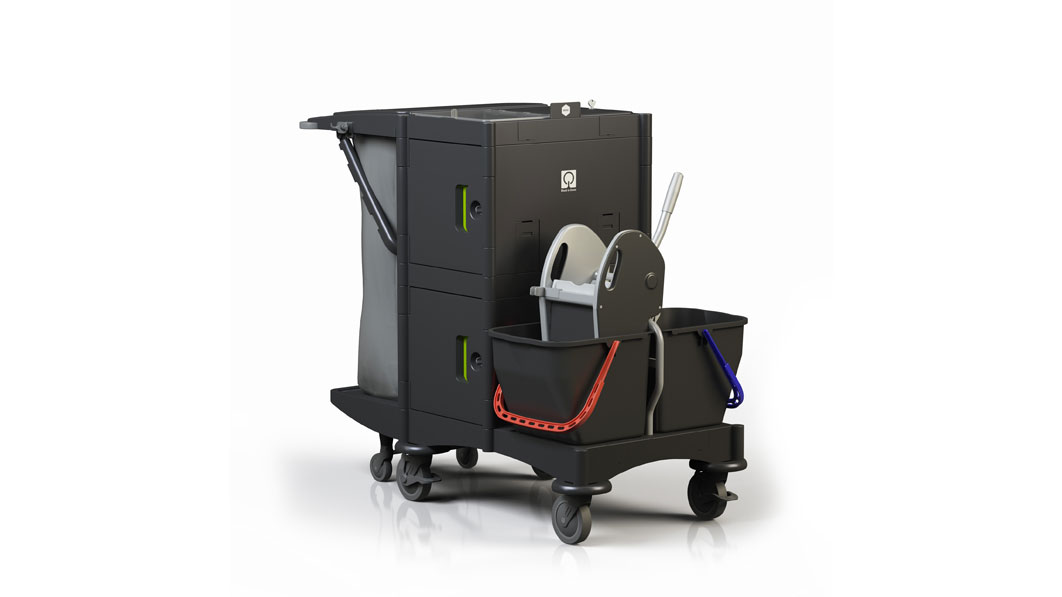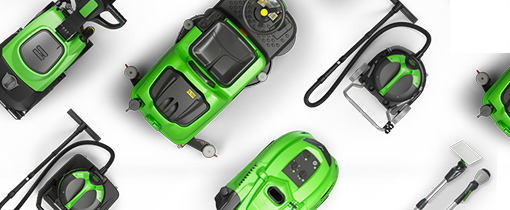Nowadays, the main objectives of industries and facility management companies are to maximize efficiency and increase productivity, but a new challenge has recently become fundamental: how to achieve efficiency and productivity with sustainable cleaning technologies.
Today, in the professional cleaning sector, cleaning is not just about making a place clean and hygienic but also to keep the environment unpolluted, protected and respected.
Responsibility & Commitment
Manufacturers are conscious of their responsibility towards the community and are more and more focused on being Green . This has become a priority and a company’s ethical-environmental policy means an eco-friendly approach in minimizing the impact of any product throughout its lifecycle, from design, production, transportation and usage, down to final disposal and recycling.
This means a global integrated approach to environmental protection, based on:
- conformity with all environmental regulations
- low global impact on the environment
- protection and safety for the personnel in their workplace
- continuous improvement of the “environmental performance” of products.
National and International Certifications
Every country has different regulations, but the commitment of the cleaning industry is proved by the national and international certifications they undertake.These certifications generally have strict requirements concerning production processes and the technology employed.
In this way, companies can make clear their priority, committing themselves in reducing levels of energy and/or water and/or detergent consumption, thus making a real contribution to sustainable development.
Green Innovations
The last decade has seen giant steps made by manufacturers in the cleaning sectors.
Microfibers for instance, once just innovative fabrics, are now ever-present and research into the development of machinery has almost exclusively moved towards reducing the use of water, energy and chemicals. The latest scrubbers and high pressure cleaners, with their very efficient performances, are a clear example of this innovation.
When Green means Community Health

If we think about the last generation of manual cleaning tools, we see how they were designed to save labour time and reduce users’ effort. Frames, microfiber mops, trolleys and tools for window cleaning are now more and more ergonomic, lightweight and easy to use. In addition, when their lifecycle has ended, most of the materials can be recycled: for instance the robust and performing plastics employed to manufacture “Black is Green” technology is recyclable at > 75 %.
The automatic systems for dosing chemicals installed on the most recent trolleys are truly innovative, ensuring that the quantity of cleaning solution is perfectly adequate for the dirt level it has to tackle.
And what about the steam generation technology? Those products are now becoming more popular than ever: there is no question of their efficiency, destroying dirt and bacteria by the simple use of steamy water!
The pure-water systems have been conceived in order to clean windows without the use of chemical products, and still leaving them perfectly rinsed and crystal clear for a longer time. Since no detergent is involved, the waste water from these systems can be used to water plants or simply disposed of in public drains. Zero problems of pollution. Nothing greener in the world!
Green and Money Left
The only prejudice to beat now is that “Green is Expensive”. It is still hard for users
to admit that “sustainable products” can be less expensive in the medium term. This is partly because they have to change their way of thinking about how to reduce their costs:
a higher price tag will definitely bring bigger savings down the road.
Investments made in innovative products, in personnel’s safety and in eco-friendly cleaning systems will definitely turn into a medium/long-term profit.

